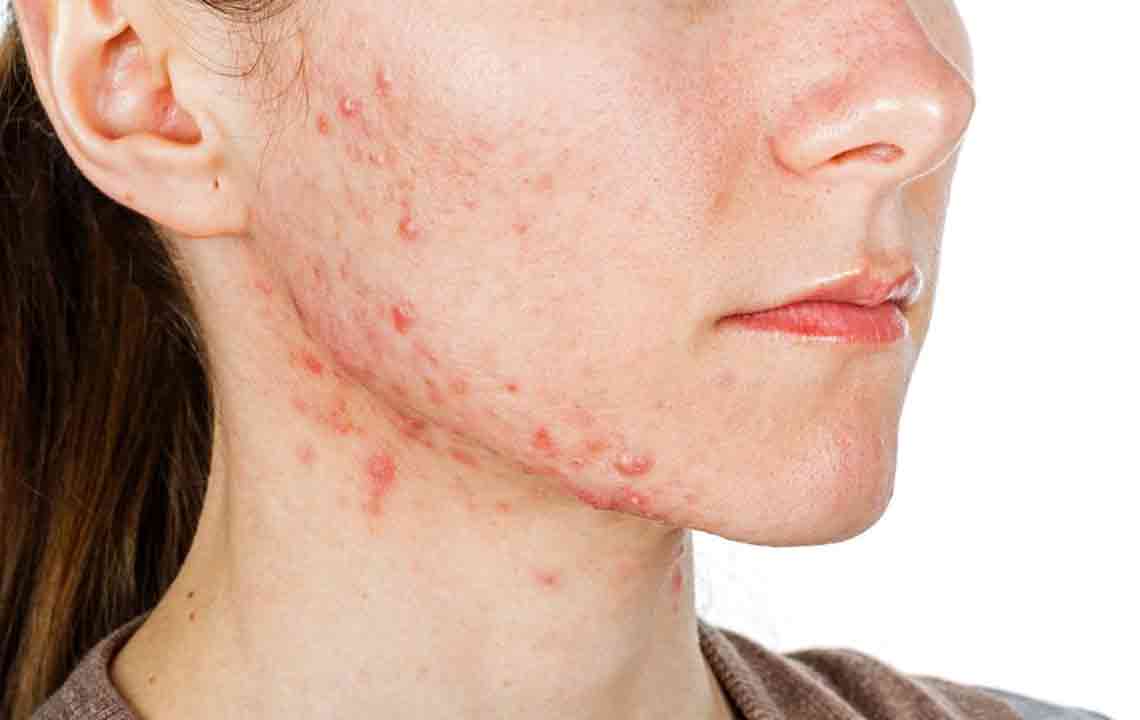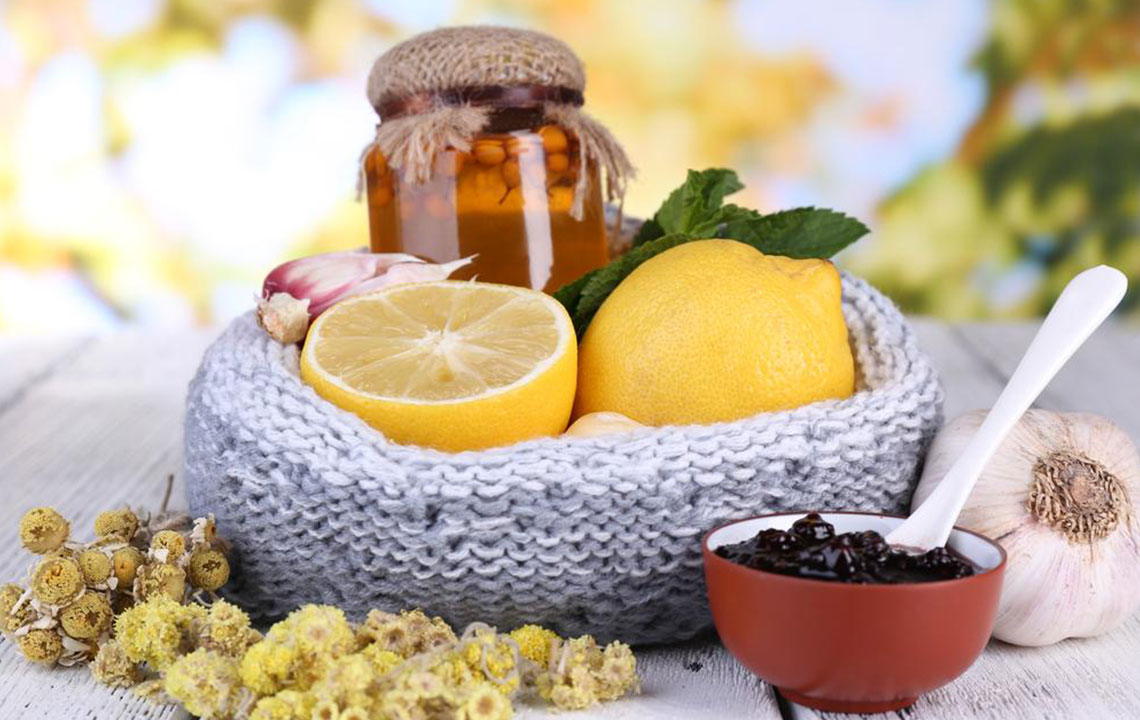Effective Strategies and Natural Approaches for Managing Dermatomyositis
Explore effective natural remedies and medical strategies for managing dermatomyositis, a rare autoimmune condition affecting skin and muscles. Learn about sun protection, tailored exercises, dietary guidance, and other therapies to improve symptoms and enhance quality of life with expert-backed tips.

Effective Strategies and Natural Approaches for Managing Dermatomyositis
Dermatomyositis is a rare autoimmune disorder impacting the skin and muscles, characterized by purple or red rashes on sun-exposed areas. Symptoms include calcium buildup under the skin, muscle weakness, joint discomfort, and bumps on elbows or knees. While no cure exists, a combination of medical treatment and natural remedies can help control symptoms and improve quality of life.
Home and Lifestyle Tips for Dermatomyositis
Protect Against Sun Exposure
Since sunlight can worsen symptoms, it’s vital to limit UV exposure.
Those with dermatomyositis should be cautious with sun exposure as they are more sensitive to UV rays, which can aggravate skin rashes and inflammation. Recommendations include staying indoors between 10 AM and 4 PM, wearing protective clothing and wide-brimmed hats when outside, and applying broad-spectrum sunscreen with SPF 30 or higher on all sun-exposed skin. Reapply sunscreen every two hours, especially when swimming or sweating.
Seek shade when outdoors, avoid tanning beds, and consistently use sunscreen to prevent flare-ups. In severe cases, healthcare providers may suggest anti-inflammatory creams for faster relief.
Physical and Flexibility Exercises
Muscle weakness from dermatomyositis makes physical therapy essential. A physical therapist can assign tailored stretching and strengthening exercises to restore muscle function and joint mobility. Activities like swimming and walking boost oxygen levels and minimize joint stress. Incorporating low-impact exercises such as yoga or tai chi enhances flexibility and muscle endurance while promoting overall wellness through improved circulation and healing.
Speech and Swallowing Therapy
Muscle weakness may impair speech and swallowing, so specialized therapy can help manage these challenges.
Diet and Nutrition
Proper nutrition supports recovery, especially as the condition can hinder eating or swallowing. Experts recommend balanced diets rich in whole grains, lean proteins like fish and poultry, and healthy fats such as nuts, seeds, and olive oil. It’s best to avoid trans fats, refined sugars, and excessive salt. Adequate rest is also crucial for effective healing.
Additional Medical Options
For juvenile dermatomyositis, treatments are similar but tailored for children, often involving medications to suppress autoimmune activity, reduce inflammation, and strengthen muscles after thorough diagnostics.
Surgical Interventions
Surgery might be advised to remove calcium deposits in the skin, alleviating discomfort and skin issues.
Heat and Light Therapy
Ultrasound and microwave treatments help relax muscles, ease inflammation, and promote healing. Ultrasound therapy can reduce pain, treat rashes, and support the body’s ability to fight infections and repair damaged cells.
Engaging with healthcare teams, exploring new treatments, seeking emotional support, and participating in enjoyable stress-relief activities are vital for a comprehensive management plan for dermatomyositis.










